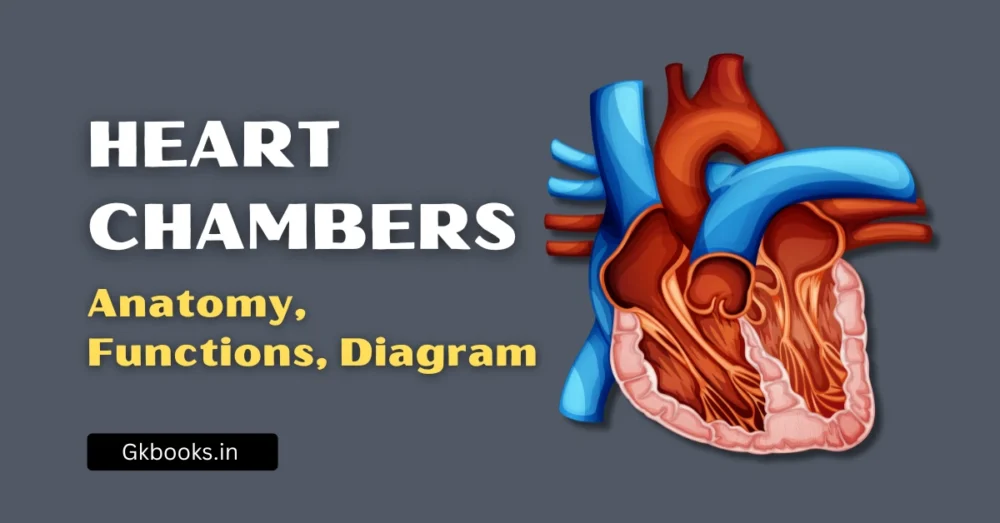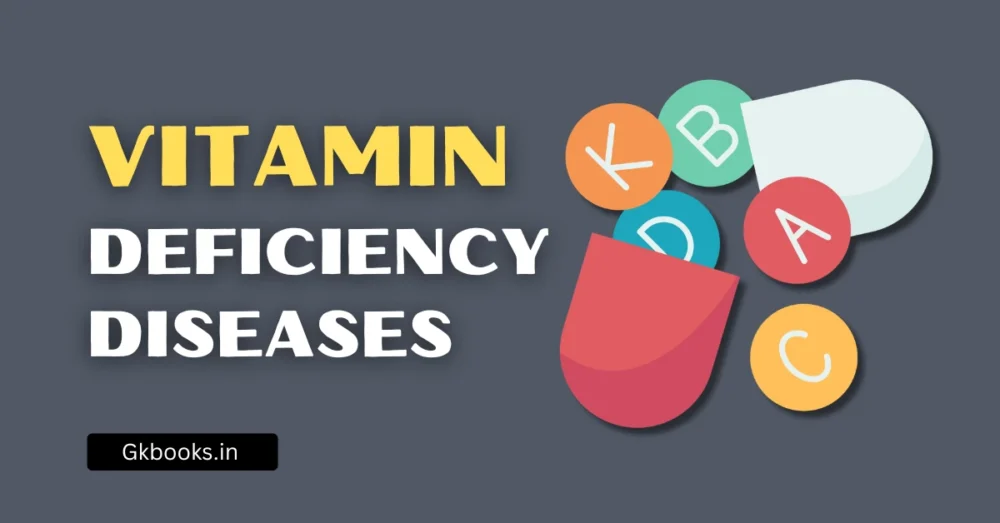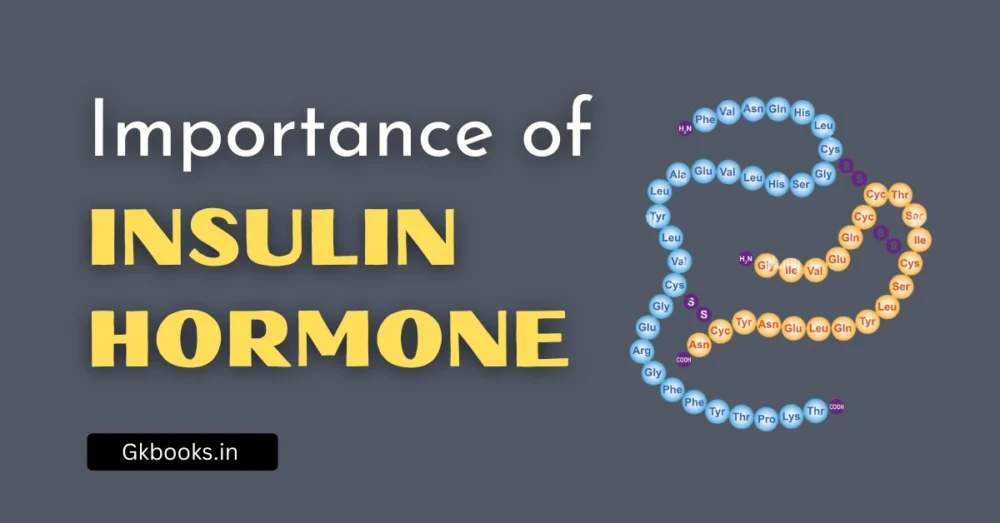Oxygenated blood is blood that is rich in oxygen and low in carbon dioxide. It appears bright red and flows from the lungs → heart → body, supplying energy and life to every cell.
Simply put, this is the fuel of our body. When we breathe in fresh air, the lungs absorb oxygen, which quickly binds with the blood. This oxygen-rich blood then travels through the heart and spreads across the body, keeping us alive, active, and energetic.
For students and aspirants preparing for SSC, RRB NTPC, UPSC, and State-level exams, this topic holds great importance. Questions on oxygenated blood, blood circulation, arteries, and heart functions are frequently asked in competitive exams. A clear understanding will not only strengthen your basics but also boost your confidence in handling science-based questions.
👉 In this blog, we will break down the concept of oxygenated blood into simple, digestible parts with clear explanations, exam pointers, and quick revision tips.
What is Oxygenated Blood?
- Definition: Oxygenated blood is the blood that has absorbed oxygen from the lungs and carries it to every cell of the body.
- It is bright red in color due to the presence of oxyhemoglobin (hemoglobin bound with oxygen).
- Found mainly in the arteries (except the pulmonary artery, which carries deoxygenated blood).
👉 Think of it like a delivery van that carries fresh supplies (oxygen) to every part of the city (our body).
Did You Know?”
The human body has about 5 liters of blood, and almost half of it is oxygenated at any moment.
How is Oxygenated Blood Formed?
- Breathing In (Inhalation):
- When we breathe in, air enters the lungs and fills tiny air sacs called alveoli.
- Gas Exchange in Lungs:
- Oxygen from alveoli passes into the pulmonary capillaries (tiny blood vessels).
- At the same time, carbon dioxide (waste gas) from blood moves into the alveoli to be exhaled.
- Binding with Hemoglobin:
- Red blood cells (RBCs) contain hemoglobin.
- Oxygen molecules attach to hemoglobin, forming oxyhemoglobin.
- Oxygen-Rich Blood:
- This oxygen-loaded blood is now called oxygenated blood.
- It travels from the lungs to the left atrium of the heart via the pulmonary veins.
👉 Don’t Miss: Composition of Blood – Detailed Notes
Pathway of Oxygenated Blood
| Step | Organ/Part | Action |
|---|---|---|
| 1 | Lungs | Blood becomes oxygen-rich |
| 2 | Pulmonary Veins | Carry oxygenated blood to heart |
| 3 | Left Atrium | First chamber of the heart to receive oxygenated blood |
| 4 | Left Ventricle | Pumps oxygenated blood into the body |
| 5 | Aorta (Main Artery) | Distributes oxygenated blood to all body parts |
👉 Remember: Pulmonary veins are the only veins carrying oxygenated blood.
Characteristics of Oxygenated Blood
- Color: Bright red
- Rich in: Oxygen, nutrients
- Poor in: Carbon dioxide
- Location: Arteries (except pulmonary artery), pulmonary veins, left chambers of the heart
Importance of Oxygenated Blood
- Energy Supply: Provides oxygen for cellular respiration, which produces energy (ATP).
- Brain Functioning: Brain cells require a continuous oxygen supply; even a few minutes without it can cause damage.
- Muscle Work: Oxygen is essential for muscles to work during activities like walking, running, or even sleeping.
- Body Repair: Oxygen aids in healing and tissue repair.
- Survival: Without oxygenated blood, life cannot exist.
What is the Difference Between Oxygenated and Deoxygenated Blood
| Feature | Oxygenated Blood | Deoxygenated Blood |
|---|---|---|
| Oxygen Level | High | Low |
| Carbon Dioxide | Low | High |
| Color | Bright red | Dark red / purplish |
| Found in | Arteries (except pulmonary artery), Pulmonary veins, Left heart chambers | Veins (except pulmonary veins), Pulmonary artery, Right heart chambers |
| Function | Supplies oxygen to body tissues | Carries carbon dioxide back to lungs |
Exam Pointers to Remember
- Oxygenated blood = oxygen-rich, bright red, carried by arteries.
- Pulmonary veins carry oxygenated blood (exception to the rule).
- Heart chambers: Left atrium and left ventricle receive and pump oxygenated blood.
- Vital for energy production, brain function, and overall survival.
Quick Mnemonics for Revision
- “LAP – Left Atrium Pulmonary veins” → Oxygenated blood flows into left atrium via pulmonary veins.
- “Arteries = Oxygenated, Veins = Deoxygenated (except lungs rule)”
Motivational Note for Aspirants
Dear aspirants, remember that just like our body cannot survive without oxygenated blood, your preparation cannot succeed without consistent practice and revision.
- Keep your learning fresh like oxygen!
- Revise daily, breathe confidence, and let your preparation flow like blood through every cell of your memory.
With strong basics, you can tackle any biology or science question in SSC, RRB NTPC, UPSC, or state-level exams.
To stay updated with the latest GK and Current Affairs infographics, follow our official Instagram and Facebook page and prepare for exams easily.
FAQs about Oxygenated Blood
Q1: What is oxygenated blood?
👉 Answer: Oxygenated blood is blood that is rich in oxygen and low in carbon dioxide. It is bright red in color and mainly found in arteries, pulmonary veins, and the left chambers of the heart.
Q2: Which veins carry oxygenated blood?
👉 Answer: Normally, veins carry deoxygenated blood, but pulmonary veins are the only veins that carry oxygenated blood from the lungs to the heart.
Q3: Why is oxygenated blood bright red in color?
👉 Answer: Oxygenated blood appears bright red because oxygen binds with hemoglobin in red blood cells, forming oxyhemoglobin, which gives it the bright color.
Q4: Which part of the heart pumps oxygenated blood to the body?
👉 Answer: The left ventricle of the heart pumps oxygenated blood into the aorta, which then distributes it to the entire body.
Q5: What is the difference between oxygenated and deoxygenated blood?
👉 Answer:
- Oxygenated blood is rich in oxygen, bright red, and found in arteries (except pulmonary artery).
- Deoxygenated blood is rich in carbon dioxide, dark red, and found in veins (except pulmonary veins).
📚 References:
- NCERT – Science Textbook for Class 11 (Human Circulatory System).
- MedlinePlus – What is Blood?
- Unacademy – Oxygenated vs Deoxygenated Blood
✍️ About the Author
This article is written by Srikanta Mondal, a blogger specializing in competitive exam preparation, science, history, polity, and current affairs. With years of experience in simplifying complex topics, his goal is to make learning easy, exam-oriented, and confidence-boosting for aspirants of SSC, RRB NTPC, UPSC, and State-level exams.
Don’t Miss:
Heart Chambers: Anatomy, Functions, Diagram & Exam-Focused Notes
Vitamin Deficiency Diseases – Causes, Symptoms, Sources & Exam-Focused Notes
Function of the Stomach in the Human Body: Key Roles, Mechanisms & Importance






